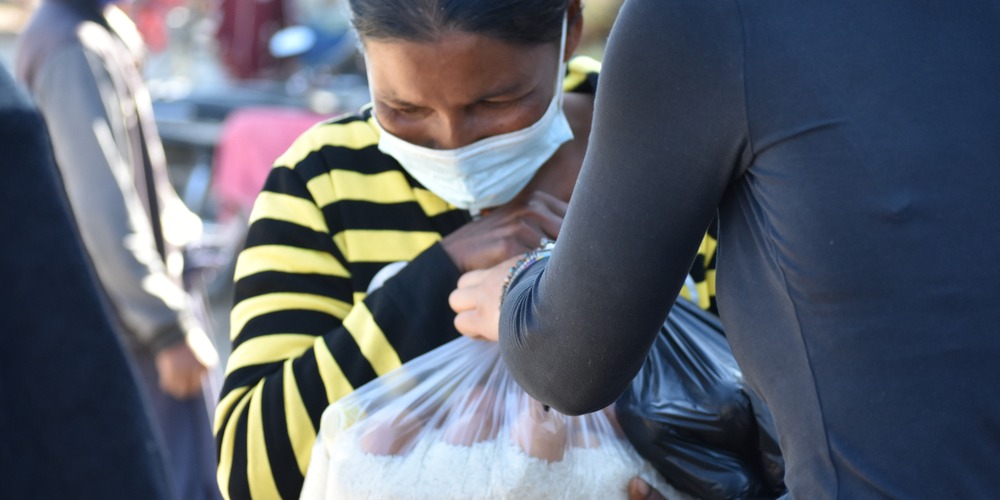
COVID-19 worsened world hunger with around 10% of global population affected – U.N.
Up to 811 million people, around 10% of the world’s population, faced hunger in 2020 as the COVID-19 pandemic hit economies, livelihoods, and food supplies, according to the United Nations.
The report released by five U.N. agencies on Monday (July 12) projected between 720 million and 811 million people in the world faced hunger last year.
“Considering the middle of the projected range (768 million), around 118 million more people were facing hunger in 2020 than in 2019 – or as many as 161 million more, considering the upper bound of the projected range,” said the agencies.
Asia and Africa were the worst affected.
“More than half (418 million) of the people in the world affected by hunger in 2020 were in Asia and more than one-third (282 million) in Africa,” said the U.N. report.
Hunger outpaced world population growth last year, with many countries affected by multiple drivers of food security and nutrition trends that include conflict, climate variability and extremes, and economic slowdowns.
“Economic downturns in 2020, including those resulting from COVID-19 containment measures, contributed to one of the largest increases in world hunger in decades, affecting almost all low- and middle-income countries,” said the report.
The U.N. projects that following the peak in 2020, global hunger will decline slowly to fewer than 660 million in 2030. This is still a lot more people than projected for 2030.
“Under the COVID-19 scenario, about 30 million more people may face hunger in 2030 than if the pandemic had not occurred, revealing persistent effects of the pandemic on global food security. Greater inequality in access to food is mostly responsible for the observed difference,” said the U.N.
Six pathways are offered as recommendations to transform food systems, including scaling up climate resilience across food systems, tackling poverty and structural inequalities, and integrating humanitarian, development and peacebuilding policies in conflict-affected areas.
“The report recognises that these transformation pathways are only feasible if they help meet certain conditions, including creating opportunities for traditionally marginalised people, nurturing human health and protecting the environment,” said the U.N.
“Getting on track towards ending hunger and all forms of malnutrition will require a move away from silo solutions towards integrated food systems solutions, as well as policies and investments that address the global food security and nutrition challenges immediately.”
Other key numbers from the report:
- The gender gap in the prevalence of moderate or severe food insecurity grew even larger in 2020, with the prevalence of moderate or severe food insecurity being 10% higher among women than men in 2020, compared with 6% in 2019.
- Close to 12% of the global population was severely food insecure in 2020, representing 928 million people – 148 million more than in 2019.
- In 2020 it is estimated that 22% (149.2 million) of children under 5 years of age were affected by stunting, 6.7% (45.4 million) were suffering from wasting and 5.7% (38.9 million) were overweight.
- Globally, the world is not on track to achieve targets for any of the nutrition indicators by 2030.
|
READ ALSO Progress towards zero hunger has reversed, WFP facing $4.5 bln donor shortfall |
© SalaamGateway.com 2021 All Rights Reserved
